The 5 Key Ingredients To A Good Movie 2022
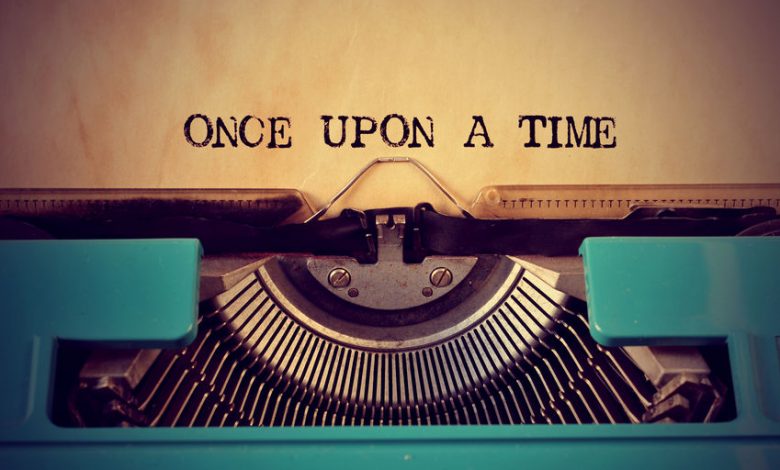
Every time I see a movie that I don’t like or think is bad, I ask myself: what are the key ingredients that separate good movies from bad ones? what really makes a movie good?
The key ingredients that make a movie “good” are when the acting, directing, writing, cinematography and overall production value come together to tell a cohesive, entertaining and impactful story. . In essence, a good movie uses all of these cinematic tools to tell a compelling story that makes you feel.
That’s just the short version, of course. There is much more that goes into creating a good movie, and since certain ingredients, such as writing or directing, can be subjective to individual viewer tastes and opinions, separating good movies from bad ones can be tricky.
However, it is impossible for a movie to be considered “good” without all or most of these key ingredients involved. Because film is a collaborative medium, it requires multiple artists with diverse talents to work together to create a cohesive product.
so let’s take a look at each individual ingredient that goes into a good movie and see how they add up and interact with each other to make a movie that most people can objectively call good.
ingredient #1: It all starts with good writing.
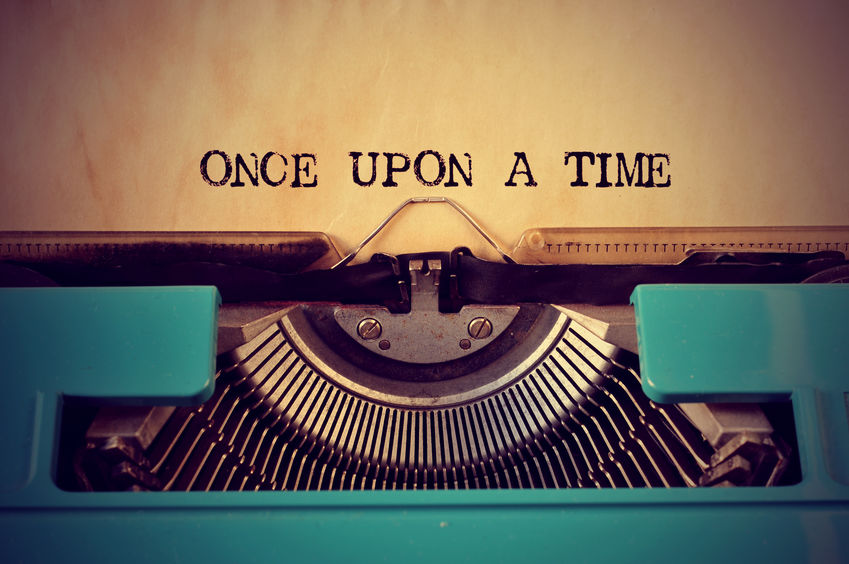
In case you didn’t know, every great movie that was ever made started with a great script.
In fact, almost every movie ever made has to start with a script. Unless it’s a big franchise movie that a studio has planned years in advance (I’m looking at you, the fourth Spider-Man reboot!), you need a locked-down script before you can start working on a movie.
Without a script, how would the production designers know what sets they need to build? how would the casting directors know who to cast? how would the cinematographers know what to shoot or the director what to direct?
Scripts are blueprints that all other departments working on a film use to inform their own decision-making.
You may think that directors are the ones telling others what to do, but you’d be remiss to think that costume designers and sound mixers don’t reference the script to inform their decisions about how to tell the story.
And while the directors have a vision that guides the work of the other departments, their vision is still about the movie that jumps off the page and into their heads when they read the words of the script.
what makes good writing?
Good scripts do more than just describe what happens in a movie; good writers will write visual metaphors woven throughout their work to reinforce the themes of their story.
characterize actions and dialogue choices so that each word chosen tells you something about the characters and how they feel, without writing how the characters feel like novels do.
good writing is also entertaining; keeps the action moving and always makes the audience ask what’s next?
Beyond these generalizations, there is something else every good script has that makes a movie look good: story structure.
what is story structure?
In traditional Western storytelling, the structure of the story is the turning gears behind the clock face that make the hands turn in time. Story structure in movies generally refers to the traditional three-act narrative arc, where the movie has a beginning, a middle, and an end.
While there are many categorical systems, theories, and even formulas that different writers use to define the story structure of any given film, most modern American stories follow similar narrative conventions that adhere closely to the movie hero theory. the thousand faces of joseph campbell .
Most of the stories follow a single character, the hero, who ventures out of his familiar world after an inciting incident and accepts the call to adventure to achieve a particular goal, where he is confronted with a series of trials and tribulations, overcome a minimum moment, face a final confrontation, then return home changed.
why story structure is important.
When a film follows the above formula, the viewer feels it is satisfying. That’s because we’ve all seen hundreds of movies that follow the same structure and have learned what to expect from a movie.
When certain elements of the familiar structure we’re used to are missing, like a character who never gets over a low point, or a final confrontation that feels underwhelming, we feel like something’s missing or wrong with the movie.
/p> p>
Sometimes a movie follows the structure perfectly and looks like a hundred other movies we’ve seen before. in this case, the audience will feel that the movie is too predictable and boring, and they won’t feel as interested in the story because they won’t wonder what comes next.
The secret to writing a good movie is to write something familiar that feels new, either by combining two genres into something that feels original, or by writing something that disrupts the normal conventions we’re used to, but in a way that feel exciting as opposed to confusing.
A good script keeps you guessing while also rewarding you for paying attention. this is where little narrative tricks like plants and checkouts help you: by planting a detail early in the script that comes back and pays off at the end, those audience members they will be surprised, but also satisfied.
Ultimately, the success or failure of a script comes down to the satisfying experience the viewer has while watching the film. do you feel invested? Do they care what happens to the characters? Do the characters change in ways that make sense? Do they feel what the characters feel? or what the writer feels?
writing is communication, and communicating your story in a way that makes viewers feel what you want them to feel as you tell a compelling story is the key ingredient to good writing.
ingredient #2: lead with a vision.
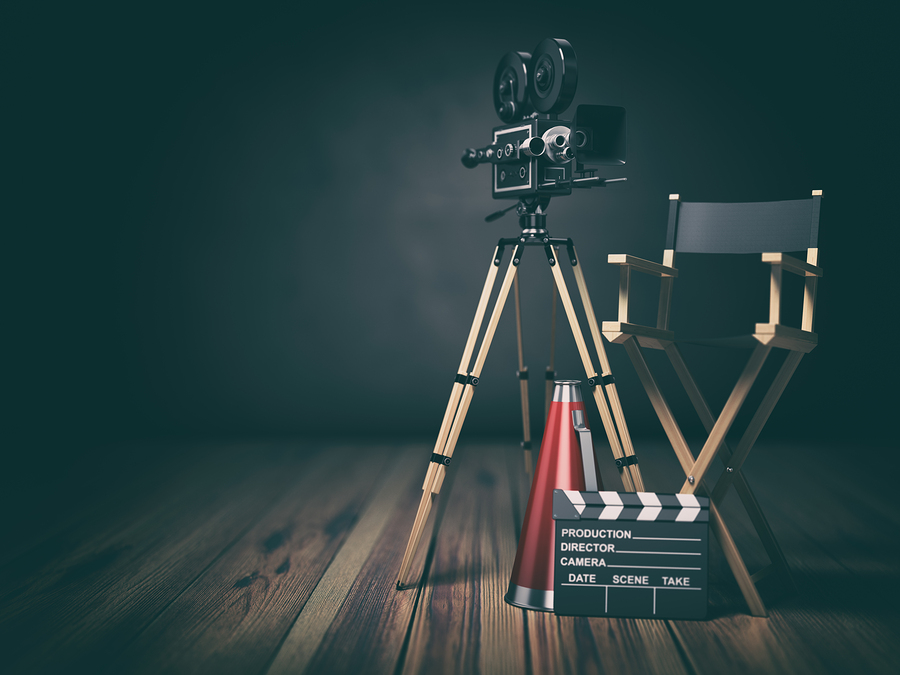
Did you know that the only two requirements to be a director is to 1) have a vision and 2) be able to communicate it to your team?
A head teacher at the university said this to our class once and I never forgot it.
that’s because it’s true; the director doesn’t have to know how to light a scene, operate a camera, or edit the film. Does it help if they know what other people are doing? of course! but it is not required.
Instead, the director just has to know how to communicate what he wants (his vision) and hire talented people who can do all those other things.
what makes a good address?
The biggest thing that separates good directors from bad is how well they can communicate with their cast and crew to get what they want on screen.
When one or two individual elements of a movie don’t work as well as the others, like great actors wearing bad wigs in an important scene, it’s often because the director didn’t focus as much on that department as, say, , the cinematography.
Or it could be that the director couldn’t properly communicate what he wanted and the result became mixed.
A good direction, on the other hand, is when the director is able to guide the choices of each department towards a singular and cohesive story.
every decision on a screen, no matter how small, must be made in the service of the original story and must play a role; from the location of the camera to the clothes an actor wears, it’s all visual information being conveyed on screen, and the best directors take this into account when making decisions and guiding their teams.
Good directors encourage actors to make decisions that best indicate where the character is in the life of the story.
Good directors work with cinematographers to light scenes and position cameras in ways that creatively emphasize important story points.
Good directors allow the production and costume designers to communicate how the world around the characters impacts them and their choices.
If you want to learn more about directing and filmmaking from the masters themselves, check out our article the best online masterclasses for filmmakers and directors.
Also, if you’re an aspiring director, you can read lots of tips in our article on how to be a good director.
the role of montage in directing a film.
there is another element in the direction of a film that I have not yet mentioned; the edition. editing is the act of joining the different shots of the film into a continuous flow that constitutes the film.
There’s a phrase I’ve heard from various industry insiders that I’d like to paraphrase: “You write the movie three times; when you write the script, when you shoot the movie and when you edit it.”
That’s why I include editing as part of the directing ingredient of a film; because the choices a director and editor make together about when to use (or not use) each shot, reaction, sound effect, or line of dialogue are some of the most important a director has ever made.
Good directors are usually good editors, but the best directors let others edit their film. That’s because the editor is the first audience for the footage created by the director and his team.
By letting the editor try to put the footage together, the director will often gain a new perspective on their own work, which can help them see what they’ve created with fresh eyes.
The best directors will find great editors and work with them to allow the editor’s narrative voice to come through, as much or even more than their own.
The more editors and directors work together, the more they begin to understand what each other likes. if the combined result resonates with audiences, then that team will want to work together again to create more great movies.
This is true of every department head a director works with on a film; The more film crews work as a team that understands each other’s strengths and weaknesses, the better they will work together and the more consistently they will be able to create great work.
direct the music and sound of a movie
Besides acting and cinematography, one of the most important decisions a director has to make is deciding on the tone of the film.
Unless the script specifically dictates it, the director will be the guiding hand in determining the tone of the film.
apart from the performances of the actors, the film’s score and soundtrack is the director’s main lever to manipulate the tone and emotions of the audience.
By using different songs, two different directors can direct the same scene, and one could be a somber tearjerker movie, while the other could be a dark, funny comedy.
If you don’t believe in the power music has on the movie-going experience, watch this video:
read our interview with sound designer peter albrechsen here.
ingredient #3: actors who bring the story to life.
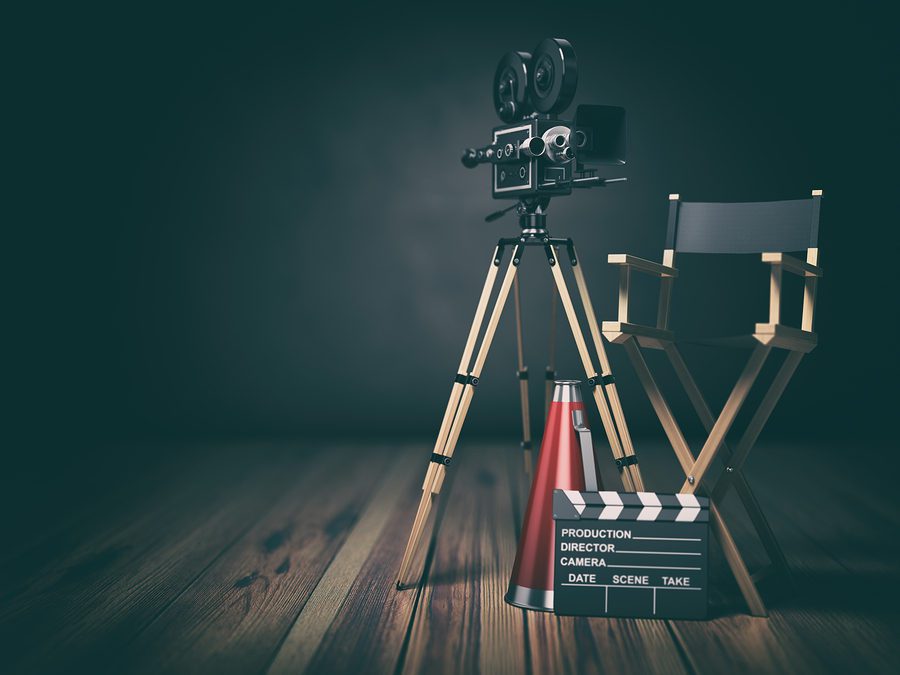
As film is a human art form, no film would be complete without at least some type of human story for us to relate to.
one of the most successful production companies in the world is known for doing exactly that, but with non-human characters; I’m talking about pixar, of course!
It doesn’t matter if we’re watching a Pixar movie about bugs, toys, fish, or anthropomorphized feelings, Pixar has a way of fine-tuning the human story behind every frame of their movies.
It’s impossible for Pixar to do this without great actors behind the scenes. For example, how would we be able to feel for Woody in Toy Story without Tom Hanks’ soulful voice? Or the adorable silliness of ellen playing dory in finding nemo? or what about the adorable cooing and beeping sounds of little robots wall-e and eva from wall-e?
what makes a good performance?
It may seem ironic to begin any discussion of acting with reference to digitally created characters, but the power of acting is vital to our viewing experience. how are we supposed to invest in a story if we don’t feel something?
It is through great acting that we empathize and relate to the characters on the screen. Even though we know it’s all lies, great actors make us believe that they are real people with real problems in a real world outside of our own. if something is important to a character, it should feel important to us. that’s what great performances do.
Where bad actors make the lines they read feel cheesy or embarrassing, great actors make their lines sound inspired, improvised, and natural. where a bad actor struggles to communicate how he feels, even when the lines are written for him, great actors can communicate an entire backstory with just one look.
The best actors work well together and feed off each other; when a scene comes to life, it’s because all the actors in that scene are living and breathing the world of that movie and gaining momentum with each other’s energy, which is why the casting is so important.
the role of casting in the quality of acting.
Casting is the process of finding the actors to play all the roles in a movie. Overseen by casting directors, casting is a vital part of making a film, and an even more important aspect of whether a film’s overall performance will feel good or bad.
when you think of casting for hollywood movies, you probably think of leading roles and lead actors like leonardo dicaprio, viola davis, tom hanks or denzel washington (how cool would a movie be between those four?!)
However, casting directors have to work with the director to cast everyone, from the leads and supporting roles to the background talent in the background of each shot.
Believe it or not, much of what we consider a good or bad performance depends entirely on whether or not an actor was cast properly for the role.
This is not to say that there is a right or wrong way to interpret a film; rather, the role of a casting director is to find talented (and/or popular) actors who embody the essence of a particular character.
On top of that, the ensemble of a movie can make or break a movie’s success. if the cast works well together, it will elevate the entire film; But if even one or two poorly cast actors don’t seem to fit into the world of the movie or the characters they play, it can make the whole movie feel a bit awkward or unbalanced.
great movies feel immersive; they feel like their own world, where the stakes, the story, and everyone involved feel real to us. even imaginary characters need to feel real in their own world so that we can generously imagine them. That’s why it’s important that great acting creates that sense of reality, even within the fantastical.
great actors make us feel what they feel and identify with them, even if they look different from us or live lives radically different from ours. understanding ourselves is understanding ourselves, right?
When we identify with its trials and tribulations on screen, we are called to a deeper level of understanding of the human condition, which is what makes a great performance feel so magical and makes a good movie even better. .
ingredient #4: cinematography that amazes and inspires.
cinematography is the art of photographing moving images. It’s what we call “the shots” of a movie.
The cinematographer, or director of photography, is the person in charge of the visual appearance of the film and works closely with the director to tell the story on the page in the style of the director’s vision. they can operate the camera themselves, but they don’t always do it.
what makes great cinematography?
The best directors and cinematographers work closely together to carefully craft each frame of film, and in doing so use each frame to convey meaning and importance to the overall story.
everything, from the camera angle to the subject matter captured in it, should convey something important about the story, the characters, and the meaning behind everything that happens on screen.
In this way, great cinematography is both visually stunning and narratively important.
Think of a shot of a child running down a hillside at dawn, taken from afar so that the child appears diminished in comparison to the vast world around him. So much is conveyed: his sense of adventure, his role in the world around him, the vastness of everything he doesn’t understand, even the light of the new morning can be a visual metaphor for his whole life ahead. /p>
It’s not just a pretty picture, it’s a work of art in itself, telling its own story in a single frame.
the role of the camera in cinematography.
When we talk about cinematography, we mean the location of the camera and the lighting in the scene, as well as the lens the camera uses and even the camera itself. all of these elements come together to create the look of the film, and different options in each area can convey different things.
For example, a popular filmmaking trick today is to shoot scenes in different aspect ratios, such as 4:3, to convey a “vintage” style look that was exemplified by the VHS camcorders of the 1980s and early 1980s. 1990s. This dates the footage and creates an interesting visual motif.
however, the camera options can be much more subtle. Options like filters and focal lengths are decisions cinematographers make to change the look between shots. even the camera you choose can determine certain things about the appearance of a scene.
every aspiring cinematographer loves working with film cameras; but what if a cinematographer and director choose to shoot their entire feature film on an iphone?
That doesn’t necessarily mean the movie is bad; instead, it could be a creative choice to convey a certain feeling throughout the narrative of the story, as if it were a movie about a group of poor kids who escape their day-to-day struggles by skateboarding and posting videos of skateboarding on tiktok.
Is this a good idea for the story? who knows, but the choice to tell it all through an iphone is creative and supports the story.
In the case of focal lengths, a cinematographer might use a 50-millimeter lens for a close-up of an actor in an emotionally vulnerable moment, then switch to an 18-millimeter wide-angle lens for a heated exchange for distort the faces of various characters yelling at each other.
The point I’m trying to make here without delving too deeply into film theory is that good filmmaking is story-driven, and the best filmmaking comes from choices that best support and tell the story as well as they look visually stunning and impressive. inspiring.
Not every shot has to be a masterpiece, but it should help tell the story of the film.
ingredient #5: production value that supports the scope of the film.
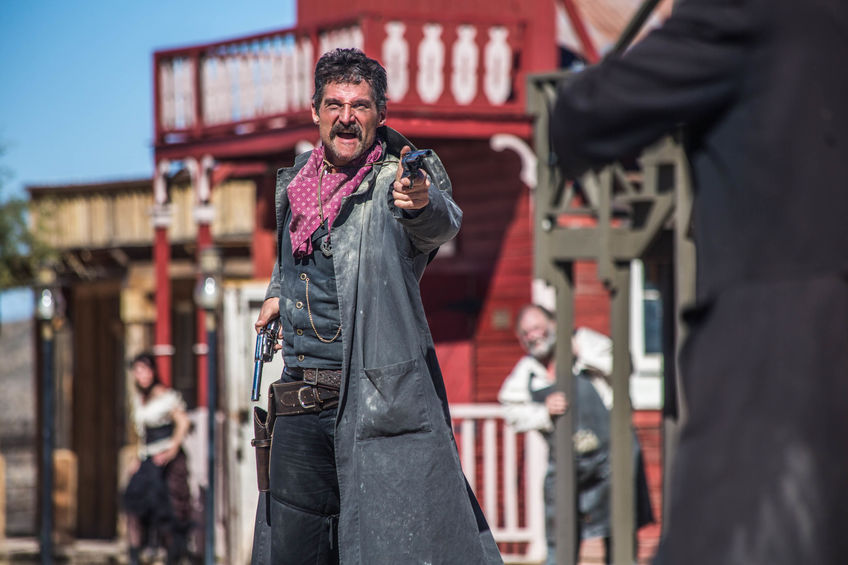
Movies are intended to transport you to another world; as a visual and auditory medium, all the elements of a film should work together to immerse the audience in the story. Which is why the overall production value of the film should support the scope of the story.
production value is the combination of all the elements that make up the world of a movie. a film with high-quality production value has good props; large sets; excellent visual effects and camera work and incredible sound design all come together to create a cohesive cinematic experience.
sound design
Speaking of sound, sound design is one of the most important elements of production value, that if a great movie performs well, you shouldn’t even notice it. great sound design embellishes and immerses the viewer in the world of the film.
Think of great epics like Star Wars or the Marvel Cinematic Universe franchise – much of the feel and world-building of those movies is found in the sound design.
It’s not just the sounds of lasers, droids, and wookies that make great sound design, even the quietest of dramas need a great sound design team to feel full and vivid, and the masters of cinema know it. .
one of my favorite examples is no country for old men’s understated sound design and how it builds anticipation and awe with every little moment.
Besides, nothing, and I mean nothing, ruins a movie more than bad sound design – it’s one of the hardest things to get right when creating your first movies as a first-time filmmaker.
If you don’t believe me, try going to a film festival for high school students and ignore the sound design. I’m not saying they’re all bad, but you’ll definitely notice the ones that are.
what makes a good production valuable?
we just mentioned shooting a feature film on an iphone. If you’re shooting an independent movie about roller-skating teens, shooting with iPhone-quality footage is an interesting and informed creative choice that affects the overall value of the production.
if you were to try to shoot something more like, say, avengers endgame on an iphone, the production value of the images captured wouldn’t go that far.
That’s not to say you can’t shoot a superhero movie on an iPhone, or that it wouldn’t be entertaining; it’s just that the production value might not fit the scope of the story being told.
It is important to distinguish that the total value of the production is not necessarily linked to the budget. for example, a movie that was made for $30 million might have a much worse overall production value than a movie that was made for $5 million.
This is because production value is the end result of everyone working together to create a single, cohesive story.
Remember when I explained how the director’s job is to work with department heads and guide them to come together under a unified vision? that synergy of unified vision is the value of production.
good or bad production value depends entirely on how well everyone worked together to bring the movie’s story to life. the better they all work together, the more satisfying, immersive, and “good” the movie should feel.
how production value affects the overall quality of a film.
Think of a movie that looks amazing; the cast is full of talented actors and the visual effects are amazing. There’s just one problem: none of the dialogue lines up with the actor’s mouth, and everyone seems to be speaking on a five-second delay. watching this movie would drive you crazy and ruin a beautiful and perfectly good movie.
now imagine you have heartthrob ryan gosling and emma stone in their third movie together. after keeping them apart throughout the movie, trying to “reciprocate” their unrequited love and get back together in the middle of an intergalactic space war, the time has come for the lovers to finally be reunited.
There’s just one problem: it looks like the VFX budget ran out at the end, and you can tell the set design is clearly a green screen, like someone just touched up a desktop screensaver behind them. talk about production value gone wrong!
There are so many movies you can probably think of that failed in more than a few areas and still made it to the public.
that’s because, at a certain point, hollywood studios have to get as much money back on their investments as possible, even if something (or several things) went wrong and the movie they set out to make was lost in the way. road.
This could be for budgetary or creative reasons, but if the issues behind why a movie just doesn’t work are more with the making of the movie itself than the story of the movie, it’s pretty largely an issue. of production value.
That’s why it’s so important that all departments work at the service of the story they tell, and also the tone of the story.
now you know how to create a great movie!
that’s it! those are all the ingredients you need to make a good movie. What are you waiting for? go cook!
just kidding. Obviously, creating a film involves much more. So many options on so many levels, we barely scratched the surface of what goes into making a movie, let alone a good one.
rather, the most important point I want you to take away from what makes a great movie is how it all works together to serve a single story so that it can be easily understood and at the same time satisfying to watch for the audience.
this starts with the script, but doesn’t end with it; a good movie takes a good story and uses good acting, good cinematography, and good overall production value and ties it all together with good direction.
When done the right way, it looks both easy and impossible, and the sum seems bigger than the individual parts. it goes unnoticed and then suddenly becomes overwhelmingly impressive. it’s the magic that drew you to the movies in the first place.
Ultimately, a good movie makes you feel; good comedies make you laugh, good dramas make you cry, good thrillers make you tense and good horror scares you, and good action adventures get you excited!
Without feeling, a movie is just a chain of moving images; with feeling, a film means much more: it matters.

